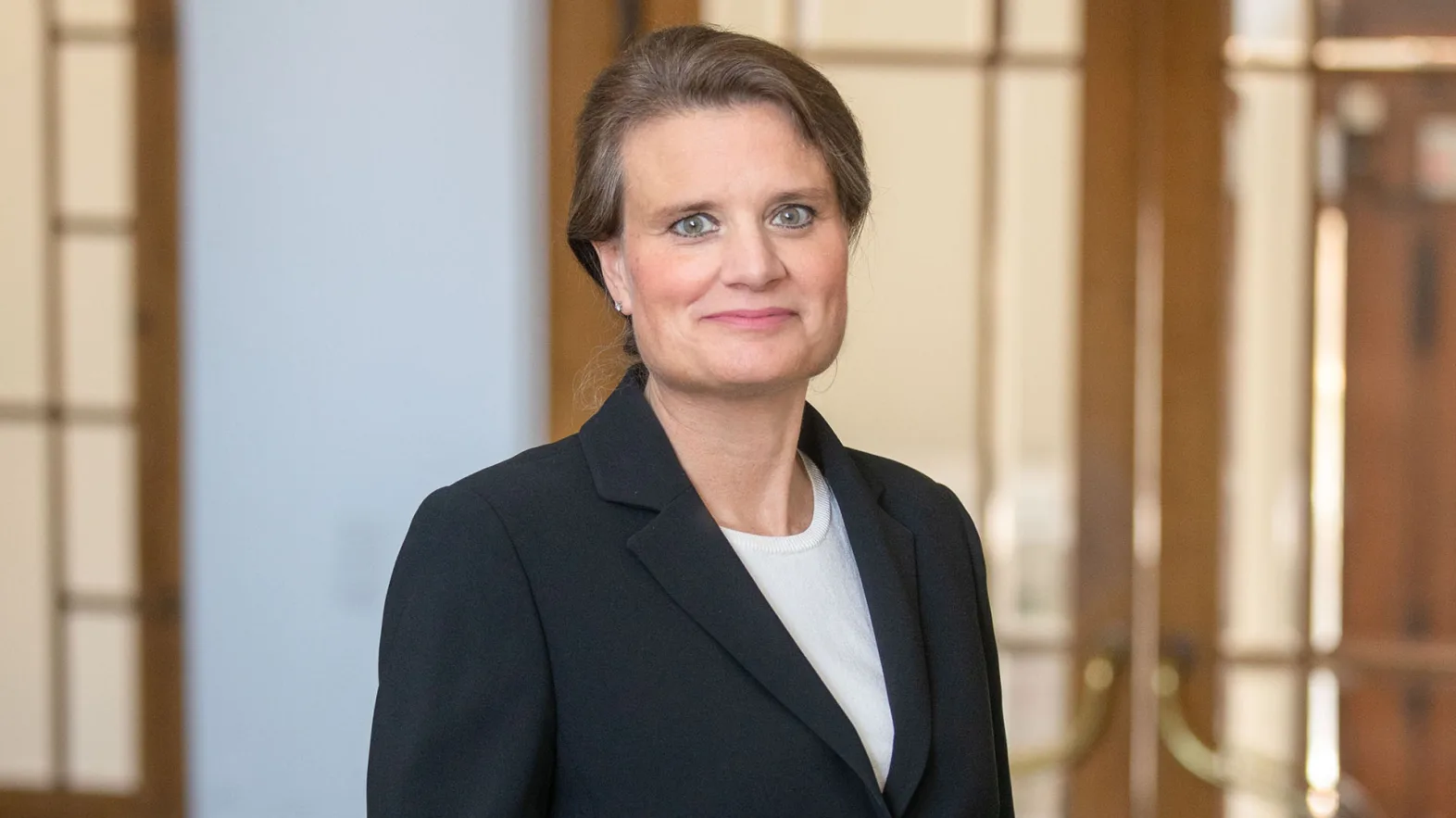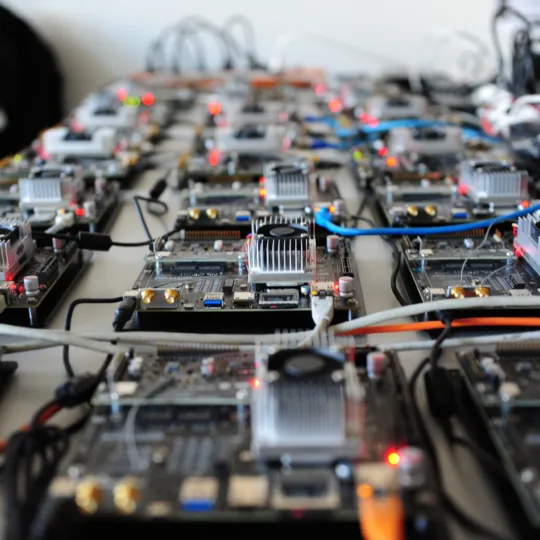Striking the right balance
In early March, the Federal Council submitted its Dispatch on the Promotion of Education, Research and Innovation for 2025-2028. The corresponding budget proposal takes federal tasks into account, addresses major societal challenges. The general aim is to ensure that available federal funding is evenly distributed so that the entire ERI system will continue to strengthen over time.

As a policy area, education, research and innovation (ERI) is subject to a complex array of responsibilities at federal and cantonal level. The cantons have authority over education and provide most of the corresponding public expenditure. The Confederation, for its part, is responsible for the ETH Domain and also drives most of the funding for research and innovation. In addition, the Confederation co-funds the Swiss system of upper-secondary level vocational education and training and tertiary-level professional education (collectively referred to as the Swiss VPET system). Finally, the Confederation provides federal subsidies for cantonal universities.
The Confederation covers an estimated 18.6% of total public expenditure for ERI (based on 2021 figures), providing this funding on a subsidiary basis. The third key player is the private sector, which is heavily involved in vocational and continuing education as well as in research and innovation. The federal government's ERI policy proposal for 2025–2028, which was presented in early March 2024, is based on the principles of partnership, subsidiarity, autonomy and personal responsibility of stakeholders at all levels within this collaborative triangle.
This policy relies on the fact that the Swiss ERI system is very efficient (thanks to substantial investments and careful stewardship in the past). Its foundations are so solid that the system not only adapts to change, it anticipates and shapes it. Change always brings challenges, but also new opportunities and options.
The shortage of skilled labour is one of our biggest challenges. Our education system is structured in a way that ensures that the content of education and training reflects the expectations of a constantly evolving labour market. As a result, training programmes are precisely aligned with the needs of the economy. And the Swiss education system offers suitable education and training pathways for people with very different talents and interests. In areas falling within its purview, the federal government is committed to ensuring the equivalence of educational pathways. We need to continue to strive for a clear differentiation of institutional profiles, greater permeability within the education system and the recognition of prior learning. In an effort to address the shortage of skilled labour, we are placing special emphasis on the fields of medicine, healthcare and STEM.
At international level, geopolitical developments have prompted many countries to increase their ERI expenditure. At the end of the day, it is the combination of knowledge, know-how and implementation that counts. With this in mind, Switzerland needs to further adapt its support measures with a view to maintaining excellence and its international networks. Memberships in international research organisations, access to research infrastructures and cooperation agreements with partner countries have become increasingly important.
We are also confronted with pressing global challenges, such as climate change, energy supply, digital transformation and health. I am confident that Swiss stakeholders involved in education, research and innovation can make a valuable contribution to a sustainable economy and the common good.
All of this costs money. The Federal Council's proposed ERI budget of CHF 29.2 billion for 2025–2028 must be weighed in light of limited federal resources: it is around CHF 1.3 billion higher than in the 2021–2024 period. The aim is to ensure a balanced distribution of spending authority among the various allocation recipients. After all, the long-term strength of the ERI system is at stake. And this system is only as strong as its individual parts, which need to run like clockwork even in less than rosy times.


